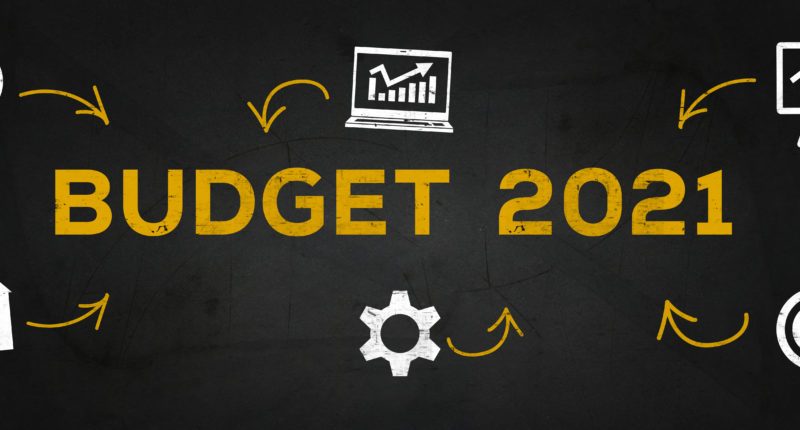The Internet and e-commerce usage fusion has produced an extremely efficient and effective atmosphere. The use of e-commerce is now becoming prevalent and feasible.
There are four types of e-commerce; business-to-business (B2B), business-to-consumer (B2C), consumer-to-consumer (C2C) and business-to-government (B2G). The e-commerce business has advantages of better market reach, reduced cost for both buyers and sellers, improvement in market efficiency by bringing competitiveness in the market.
The graph of the e-commerce industry has always seen an upward growth trajectory in India. The e-commerce market in India is amongst the third largest markets, followed by China and the US. It has played a crucial role in the country’s growth in recent years. And in the coming years, it may surpass the US in becoming the second-largest market.
The Indian Government, in the past few years, had announced various initiatives to support the growth of the e-commerce industry. The Digital India movement launched various initiatives like BHIM, Startup India portal, and Umang to boost digitisation. The heavy investment made for rolling out fibre network for 5G, increase in the limit of FDI in e-commerce marketplace model (B2B) to up to 100% and non-resident e-commerce operators in India to mandatorily have Permanent Account Number (PAN) are some of the major initiatives taken for by the scheme.
The e-commerce players reported US$ 4.1 billion across the platform’s sales in the festive season of 2020. And interestingly, it generated 55% of the share of total sales from the Tier-II cities. As experts say by the year 2040, it is predicted that the purchase mode will be almost 90%-95% based on the e-commerce platforms. However, online payments through cash are still significant in India.
Also Read: Budget 2021 Expectations & Latest News Updates: Indian Budget Analysis from ClearTax
The cash-on-delivery method enables e-commerce merchants to reach a large number of people who are unbanked and residing in rural areas. It also reduces the risk of losses due to non-payment by the consumer. Though banking penetration has increased widely to remote locations, the government needs to bring significant reformation to skill people with online payment methods to promote a cashless economy.
During the lockdown, people have drastically changed their shopping habits to online shopping, increasing demand in the e-commerce sector. The e-commerce industry has expanded its reach to many people, all thanks to the pandemic. However, due to lockdown, the demand and supply chain was adversely affected as the e-commerce sector has witnessed many hindrances in its supply chain management.
On the contrary, the demand had increased, and hence the online business would be in order in the coming year for necessities. Logistics performance needs to be improved to manage the increase in demand. The cost incurred by India’s logistics sector is high, which is measured to be 14% of the GDP. The 1st mile to last-mile connectivity management is still a complicated task to the startups, which increases the cost to meet the rising demand in Tier-II and Tier-III cities. Poor conditions of infrastructure and transport vehicles, complicated tax laws, lack of infrastructure and lack of industry readiness are some of the major hindrances of Indian logistics.
The proposed National Logistics Policy, 2020 should consider India’s fragmented and unorganised logistic sector. It should introduce business-friendly strategies to boost companies to invest in roads and shipping sectors. India’s technical readiness in terms of artificial intelligence, blockchain technology, smart contracts, big data, etc. will help the e-commerce sector with improved storage facilities and promote cross-regional trade by the smooth flow of goods. The encouragement of green logistics would also reduce the environmental impact of such actions.
Another factor to be considered is the availability of India’s cold storage infrastructure and warehouses at appropriate places. The supply and delivery of perishable products is also a significant aspect of the e-commerce business model. Due to the specialised nature of perishable goods, the companies have to incur extra expenditure on the packaging, transportation, and storage. Because of lack of proper storage facilities at required locations, there is a multi-fold increase in wastage. The government should promote the participation of startups in this area.
As the e-commerce industry runs on digital platforms, cybersecurity issues need to be addressed on a war footing basis. In comparison to the developed countries’ cybersecurity infrastructure readiness parameters, our country is far behind it. A firm cybersecurity policy is required and implemented by a robust mechanism to enhance India’s citizens and businesses’ security. Together with the industry, government agencies should bring consumer rights policies to be followed by e-commerce businesses. The government should also create a platform for e-commerce consumer grievance redressal.
The government introduced Atmanirbhar Bharat Abhiyan for Indian business reform. The scheme promotes self-reliance of various sectors of the Indian economy and business. However, small and medium enterprises are very slow in adopting e-commerce technology due to lesser influence and power than large organisations. Along with the industry partners, the government should help SMEs build their structures and technological resources to adapt e-commerce technology. The policymakers of the Industry should increase industry standards and systems.
The government should recognise the operational and functional challenges faced by e-commerce participants. It should partner with industry leaders and banks to consider emerging businesses’ working capital requirements at online platforms. SMEs need working capital to increase their scale and network. Recent amendments in the Income Tax had announced TDS and TCS deduction on supplies at e-commerce platforms. The introduction of TDS would further block revenues for small businesses that sell goods.
For any clarifications/feedback on the topic, please contact the writer at namita.shah@cleartax.in

I’m a chartered accountant and a functional CA writer by profession. Reading and travelling in free time enhances my creativity in work. I enjoy exploring my creative side, and so I keep myself engaged in learning new skills.




